Class 105 & 106 'Cravens' Profile and Models
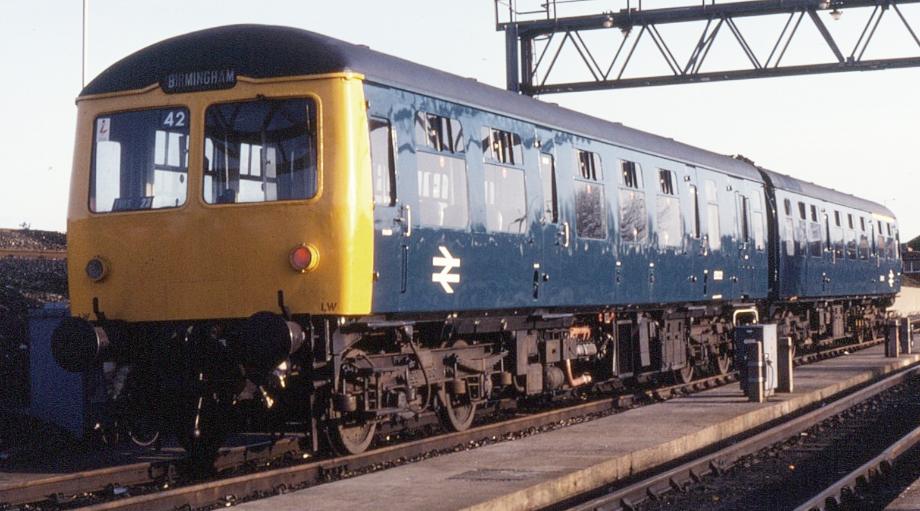
105 DMU at Tyseley Motive Power Depot in November 1982. ©Phil Richards
|
The British Rail Classes 105 and 106 diesel multiple units were built by Cravens Ltd. of Sheffield from 1956 to 1959. The class were built with a side profile identical to British Railways Mark 1 carriage stock, using the same doors and windows. None were selected for refurbishment. The last passenger car was withdrawn from service in 1988. Originally AEC engined vehicles were class 105 and Leyland engined vehicles were class 106, but in the late 1970s they all became class 105s. The Class 105 DMUs were used chiefly on Eastern Region services around Hull, Lincolnshire, East Anglia and local services to/from London King's Cross. Units were also used on the London Midland Region and in Scotland, particularly in Aberdeenshire. The closure of many of these lines in the 1960s resulted in their dispersal throughout Great Britain. Due to the use of asbestos in their construction, and extended usage by BR, the class has fared very badly in preservation, however 3 cars are currently preserved. |
|
|
Type of Unit |
1st Generation Diesel Multiple Units |
|
Builder |
Cravens |
|
Build Dates |
1956 to 1959 |
|
Total Built |
302 Individual Cars |
|
Coaches Per Unit |
2 or 3 |
|
Power Output |
150bhp per engine (2 per unit) |
|
Top Speed |
70 mph |
|
Passenger Capacity |
Varies by set |
|
Operated By |
British Rail |
|
Main Duties |
Local Passenger |
|
In Service Until |
1988 |
|
Surviving Examples |
3 individual cars preserved |
Products awaiting categorisation
| Scale | Brand | Image | Construction Type | DCC Capability | Product Code | Product Title | Livery |
|---|---|---|---|---|---|---|---|
| OO Gauge (1:76 Scale) | DC Kits |
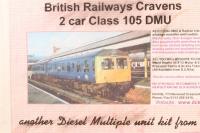
|
Requires assembly | Not set |
CLASS105DCK View |
Class 105 2-Car Cravens DMU Kit | Awaiting Categorisation |


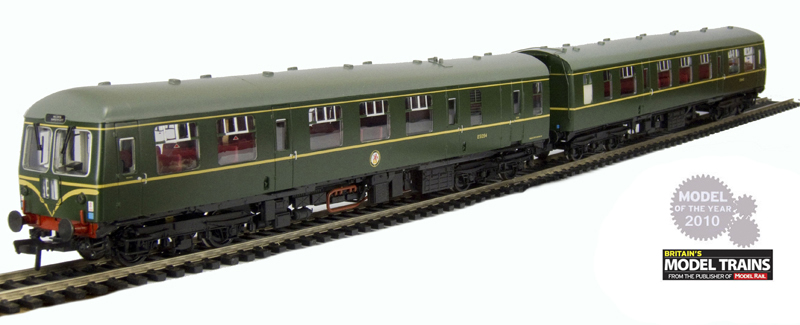
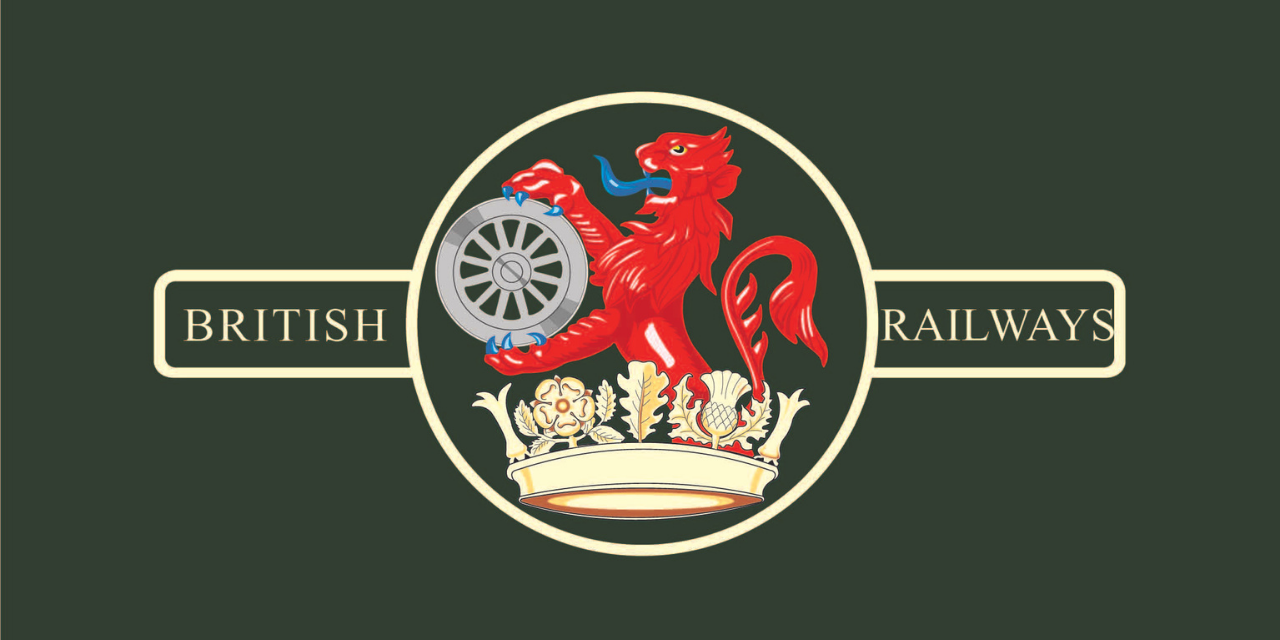 BR green with late crest
BR green with late crest
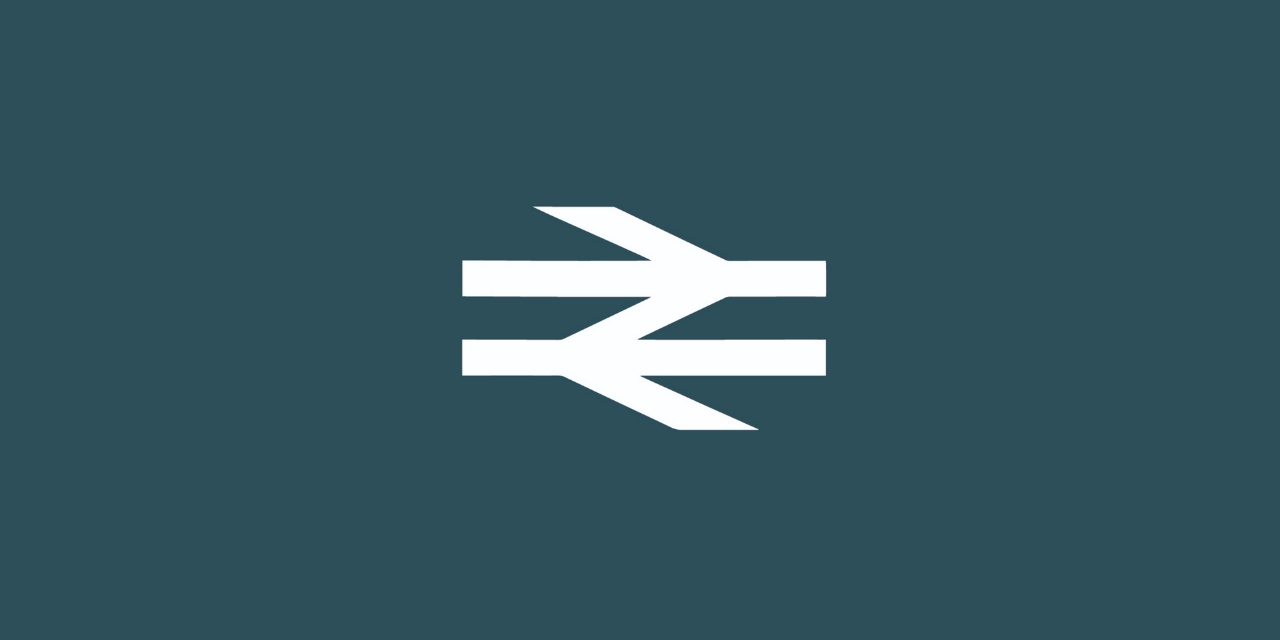 BR blue
BR blue

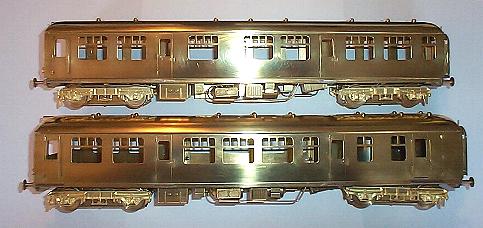
 Unpainted
Unpainted